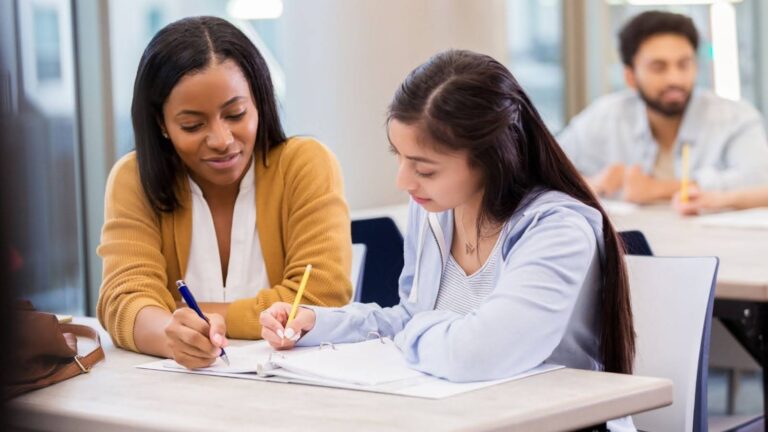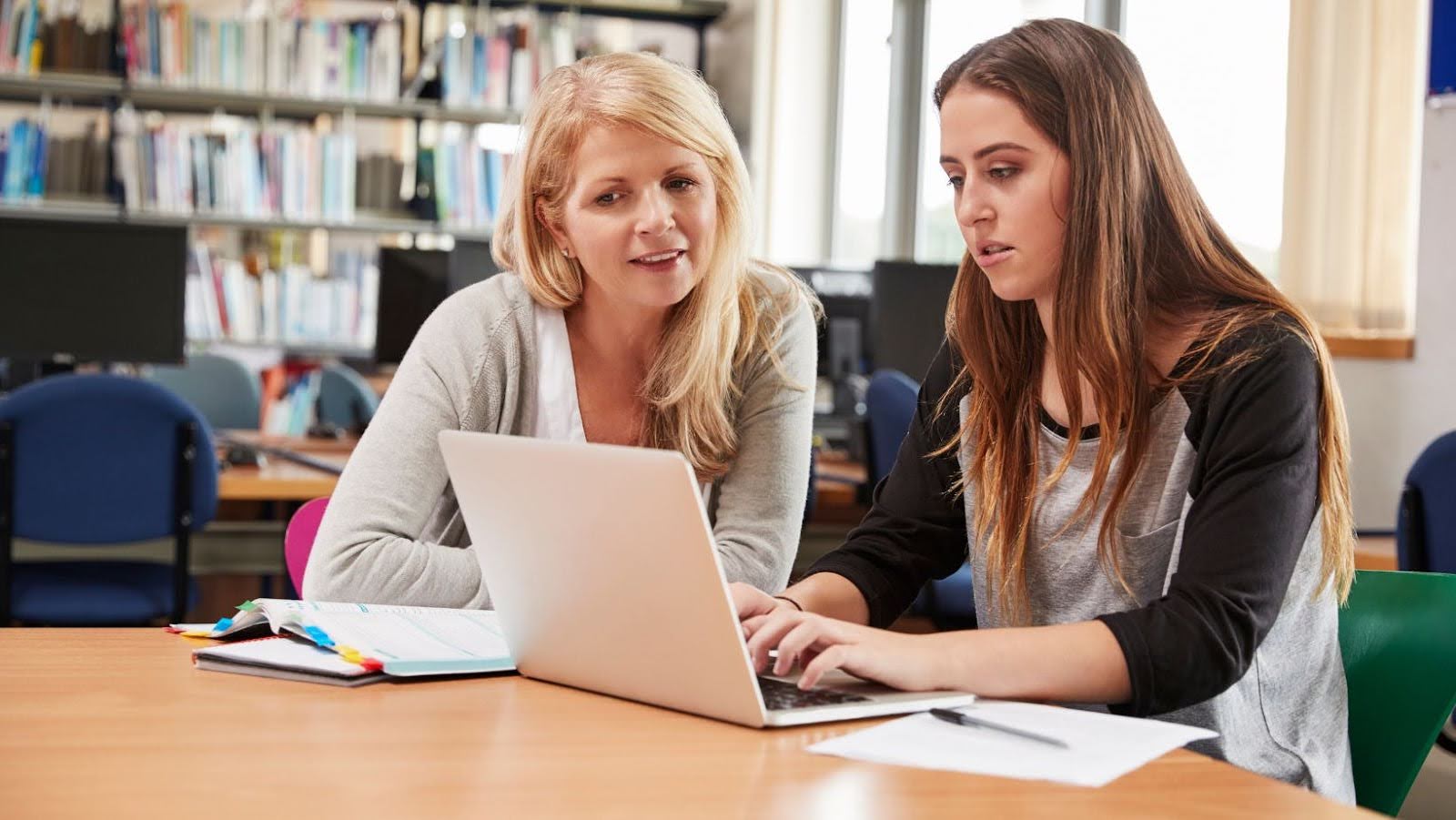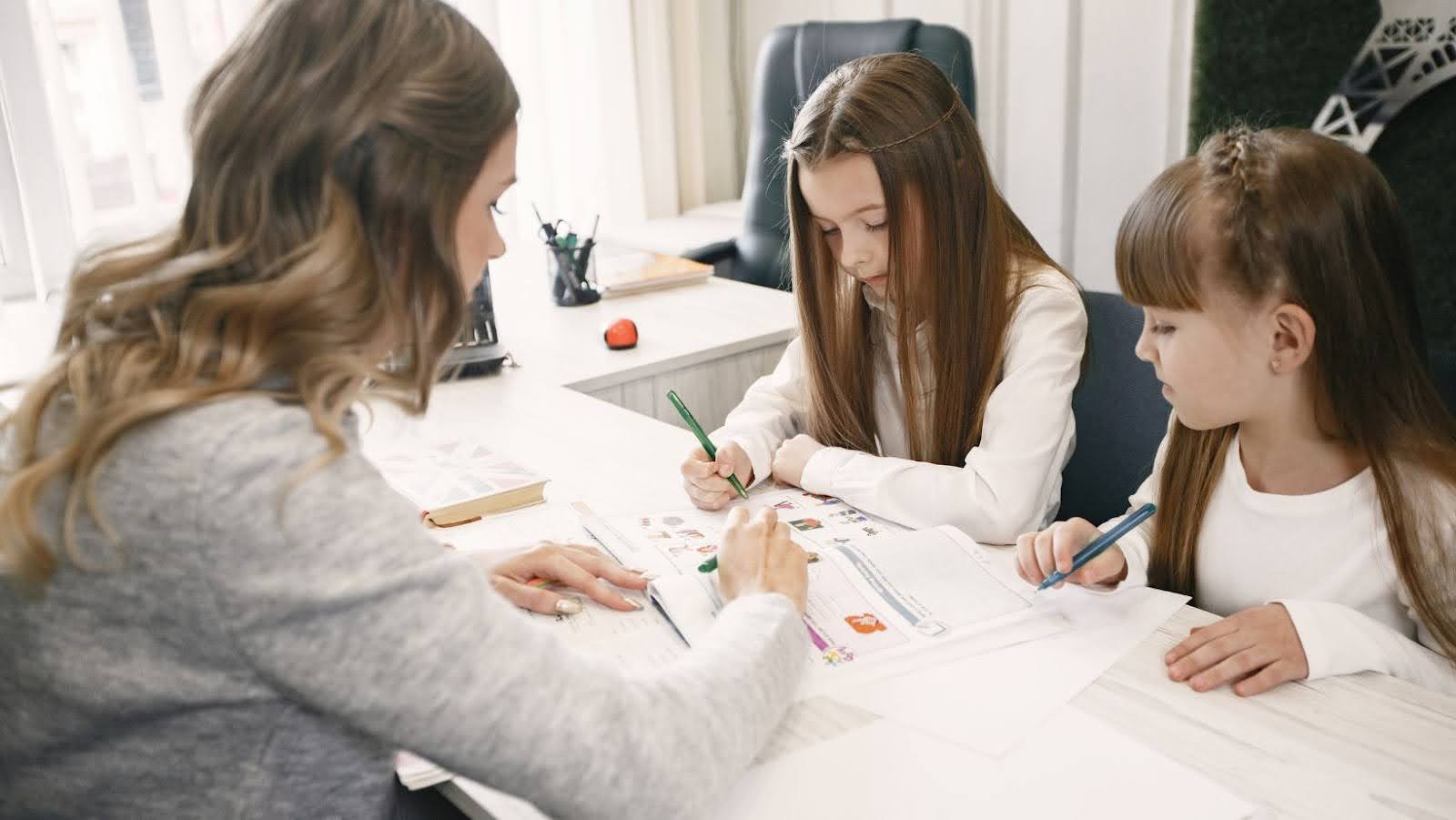Picture yourself sitting across from a student with a whiteboard in hand, ready to delve into the ins and outs of algebra or literature. In-person tutoring is a more personalized way to learn than just sitting in a classroom. It gives each student support and guidance that is specifically designed to meet their needs. This introduction explores what you need to know about in-person tutoring.
Benefits of In-Person Tutoring
Enhanced Learning Experience
Compared to online or remote tutoring, in-person tutoring has several advantages that make learning more enjoyable. One significant advantage is personalized attention.
A tutor can make lessons fit the style, speed, and needs of each student. This personalized approach makes sure that the student understands concepts better and can ask questions directly, getting answers and feedback right away.
In the same way, tutoring in person lets you interact and engage with the student in real-time. Students can talk, do hands-on activities, and get direct help from the tutor in the form of demonstrations or explanations. This kind of active learning helps students understand the material better and develops their ability to think critically.
Building Stronger Relationships
When tutors meet with students in person, they can learn more about their strengths, weaknesses, and preferred ways of learning. This knowledge builds trust and friendship, making the classroom a safe place where students feel free to ask questions and get help.
Also, tutors can offer support and encouragement, which can help students get through tough times and do well in school. The personal connection formed through in-person tutoring often extends beyond academic support, offering emotional and social encouragement as well.
Customized Learning Strategies
Tutors can figure out what level of understanding a student has and change the way they teach based on that. They may use diverse instructional approaches, such as visual aids, hands-on activities, or mnemonic techniques, to reinforce learning and cater to different learning styles.
In addition, tutors can make study plans and practice exercises that are specific to each student’s needs. To help students reach their academic goals, this targeted approach helps them remember and understand difficult ideas.
Tutoring Techniques and Strategies to Know
Assessment and Goal Setting
Tutors check to see what the student already knows and can do in a subject before they start working with them. This test helps teachers see where the student needs help and where they are doing well. It could mean going over the student’s past grades, giving them diagnostic tests, or talking about their academic goals and problems.
After an assessment, setting goals means working with the student to come up with clear learning objectives. These goals should be attainable, measurable, and fit the needs of the student. One goal could be to get better at solving math problems or to get a better grade in a certain subject by the end of the semester.
Personalized Instruction
Because every student learns in their own way, personalized instruction takes these differences into account and makes adjustments to help students learn best.
To provide individualized lessons, tutors change lesson plans, activities, and ways of teaching based on the strengths, weaknesses, and learning styles of each student. For example, diagrams or charts may help people who learn best by seeing, while discussions and explanations may help people who learn best by hearing.
Tutors might even use a range of teaching methods, like hands-on activities, examples from real life, or tech-based tools, to keep students interested and help them learn more.
Active Learning Techniques
Methods that get students actively involved in the learning process instead of just passively taking in information are called active learning techniques.
These methods get students involved, make them think, and help them use what they learn.
Examples of active learning techniques include:
- Discussion-Based Learning: Tutors facilitate discussions where students express their thoughts, ask questions, and debate ideas related to the subject matter. This promotes critical thinking and encourages students to articulate their understanding.
- Hands-On Activities: Engaging students in hands-on activities, experiments, or simulations allows them to apply theoretical knowledge in practical scenarios. This approach reinforces learning through active participation and discovery.
- Problem-Solving Exercises: Presenting students with real-world problems or case studies challenges them to analyze information, identify solutions, and make decisions. Problem-solving exercises develop analytical skills and encourage creativity.
Technology Integration
Using digital tools and resources to improve tutoring sessions and help students learn is what technology integration means. Examples of technology integration in tutoring include:
- Online Learning Platforms: Utilizing platforms that provide access to educational materials, practice exercises, and interactive tutorials tailored to the student’s needs.
- Digital Whiteboards and Multimedia: Using digital whiteboards to illustrate concepts visually, share notes, and collaborate in real-time. Multimedia resources such as videos, animations, and simulations enhance understanding of complex topics.
- Communication Tools: Facilitating communication between tutors and students through email, messaging apps, or video conferencing platforms. These tools allow for virtual tutoring sessions and remote assistance.
- Adaptive Learning Software: Implementing adaptive learning software that adjusts to the student’s pace and learning progress, providing personalized feedback and recommendations.
Become an In-Person Tutor Now
Learning how to tutor effectively is important for helping students do well in school and grow as people. So, work on your tutoring skills and make the classroom a supportive place where students can learn and do well. Join HSC Tutoring Sydney and contribute to shaping the future generation’s success through dedicated educational support.






